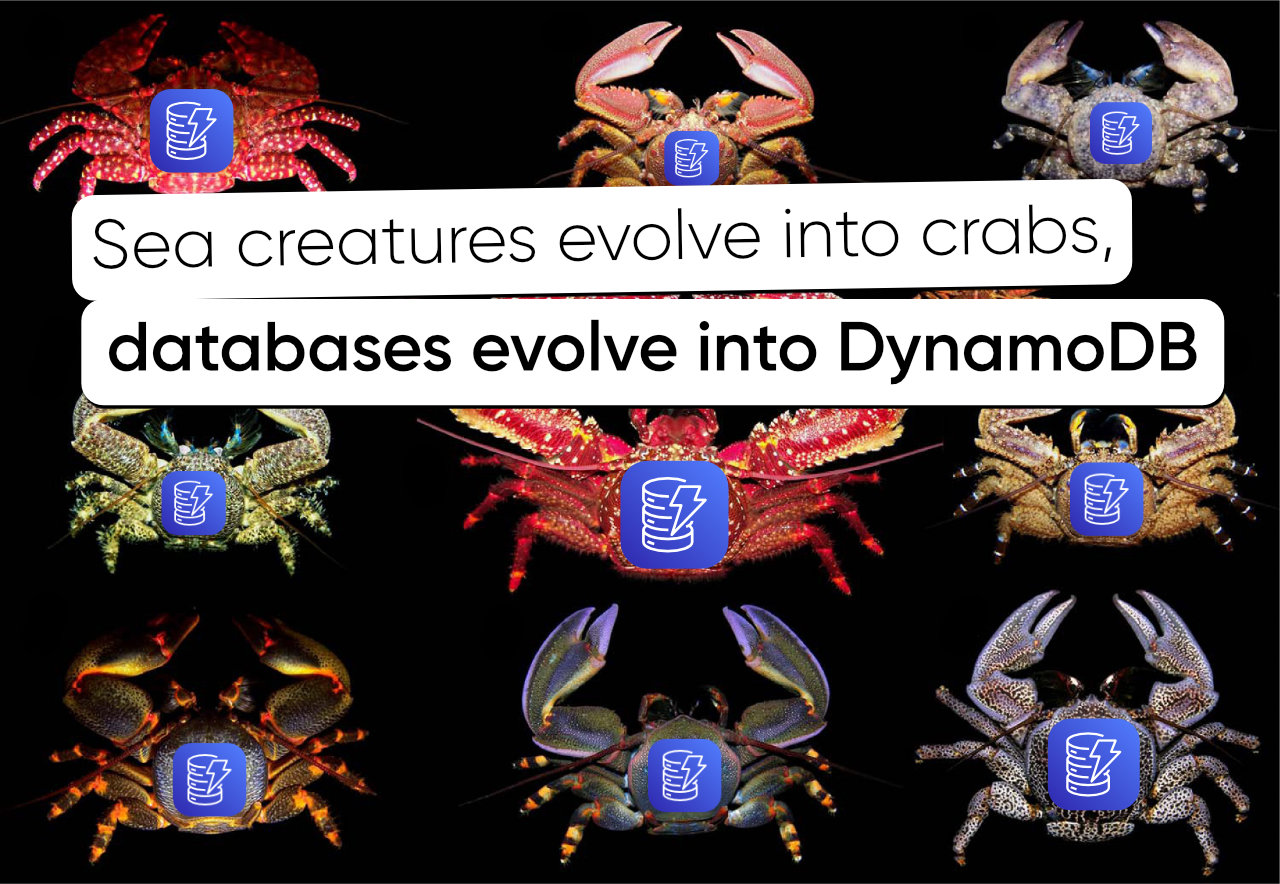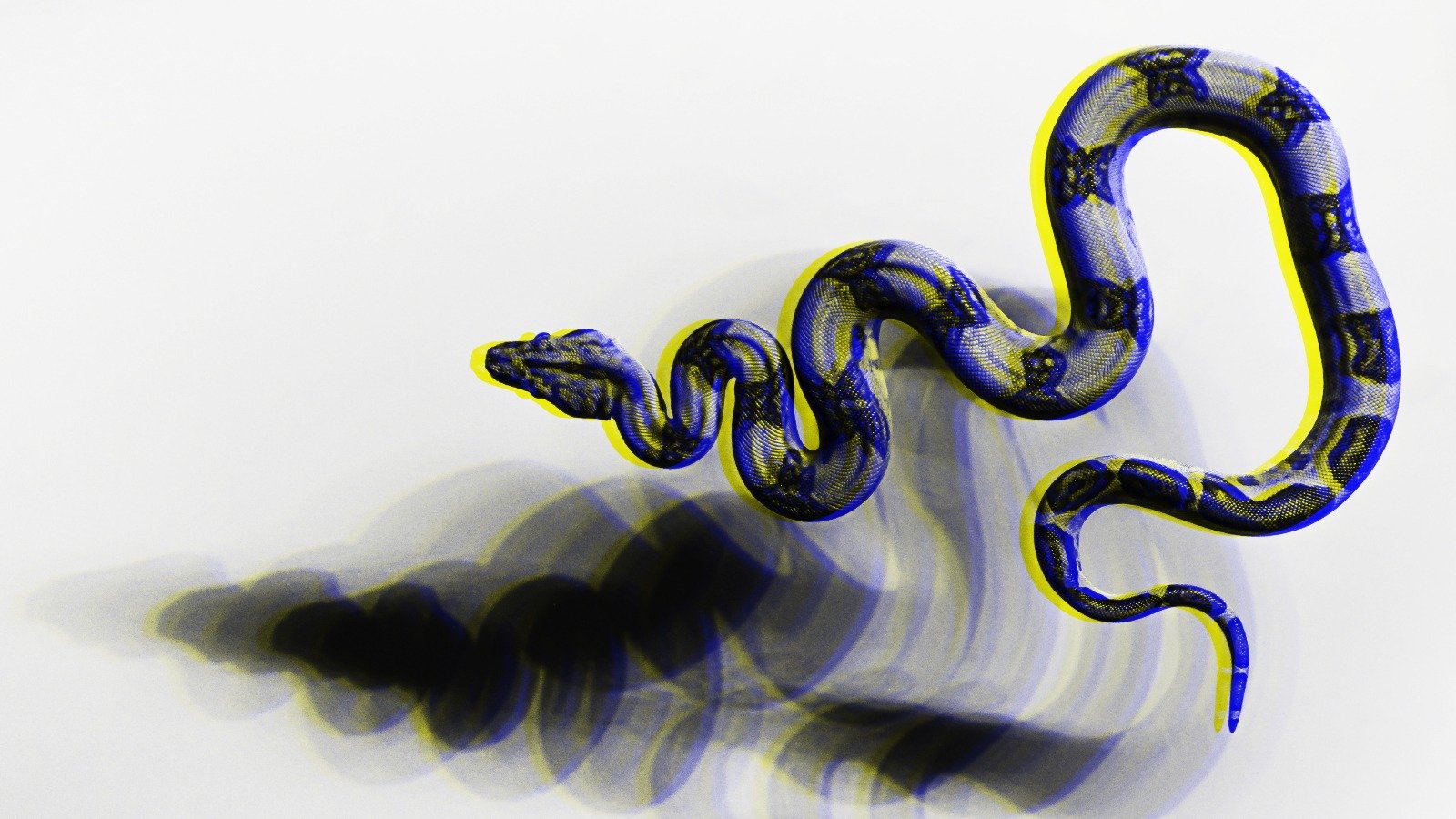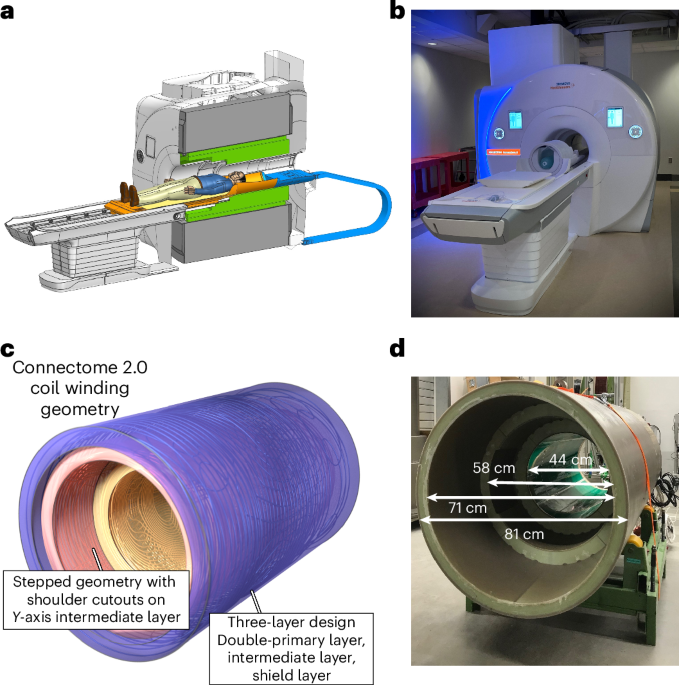
CUDA-Free Inference for LLMs
by Adnan Hoque, Less Wright, Raghu Ganti and Mudhakar Srivatsa
In this blog, we discuss the methods we used to achieve FP16 inference with popular LLM models such as Meta’s Llama3-8B and IBM’s Granite-8B Code, where 100% of the computation is performed using OpenAI’s Triton Language. For single token generation times using our Triton kernel based models, we were able to approach 0.76-0.78x performance relative to the CUDA kernel dominant workflows for both Llama and Granite on Nvidia H100 GPUs, and 0.62-0.82x on Nvidia A100 GPUs.
Why explore using 100% Triton? Triton provides a path for enabling LLMs to run on different types of GPUs - NVIDIA, AMD, and in the future Intel and other GPU based accelerators. It also provides a higher layer of abstraction in Python for programming GPUs and has allowed us to write performant kernels faster than authoring them using vendor specific APIs. In the rest of this blog, we will share how we achieve CUDA-free compute, micro-benchmark individual kernels for comparison, and discuss how we can further improve future Triton kernels to close the gaps.
Figure 1. Inference throughput benchmarks with Triton and CUDA variants of Llama3-8B and Granite-8B, on NVIDIA H100 and A100 Settings: batch size = 2, input sequence length = 512, output sequence length = 256












